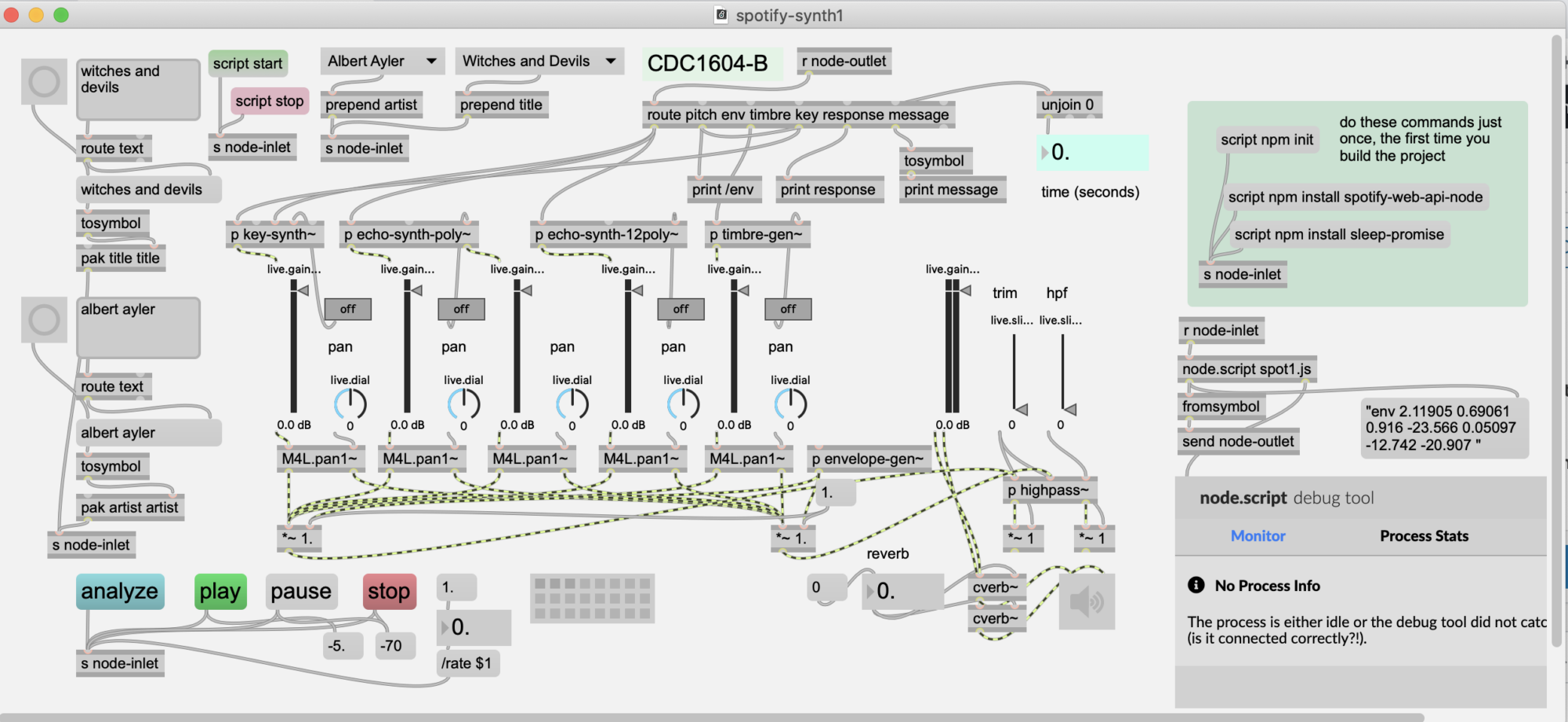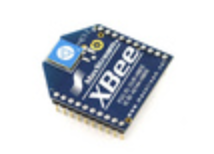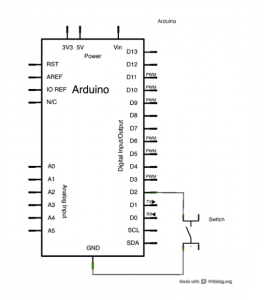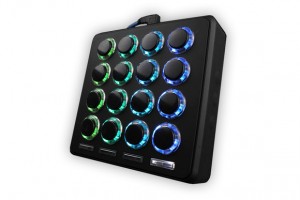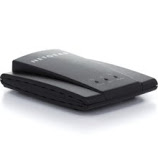notes
Using installation instructions from Pd site:
http://puredata.info/downloads/pd-extended-0-43-3-on-raspberry-pi-raspbian-wheezy-armhf
Installation worked fine. I tried running the GUI under xterm and it was a disaster. Then, using this post, I was able to get a test patch (sine wave with LFO) running in terminal mode:
http://log.liminastudio.com/programming/running-puredata-on-the-raspberry-pi
Note: I changed the actual command to this due to the fact I’m running pd-extended and a USB sound card:
pd-extended -nogui -noadc testPatch.pd
This post from same source has instructions for installing pd-extended (disaster) but a very nice version of the test patch called testPatchExtended.pd
http://log.liminastudio.com/writing/tutorials/how-to-build-pd-extended-on-the-raspberry-pi
(another update) running Midi:
To run midi you need to specify the device on the command line. First I plugged in the m-audio key station 49 and rebooted RPi
To get a list of devices use:
pd-extended -nogui -listdev
Then to run a patch with midi
pd-extended -nogui -noadc -midiindev 1 testMidi.pd
Here is a page with more information on command line options
http://crca.ucsd.edu/~msp/Pd_documentation/x3.htm#s4
(another update) Testing with Griffin iMic. Bad news when doing an ADC->DAC passthrough, sample rates above 32000 don’t work in stereo. However 44100 and 48000 sound fine in mono.
At the higher rates in stereo, the audio breaks up. Oh well. Need to try the Behringer audio box, but I’m assuming there will be no difference. Only possibility would be to somehow devote more system resources to audio.
